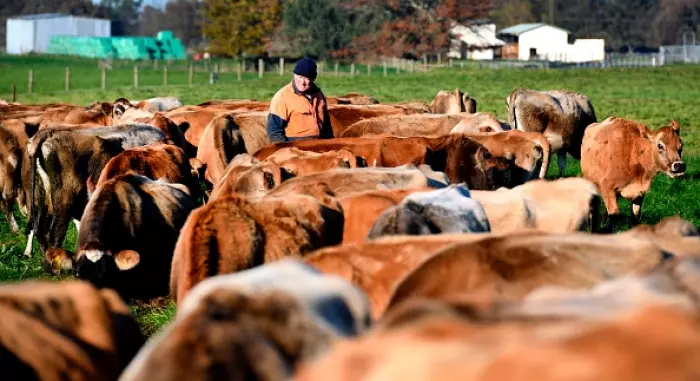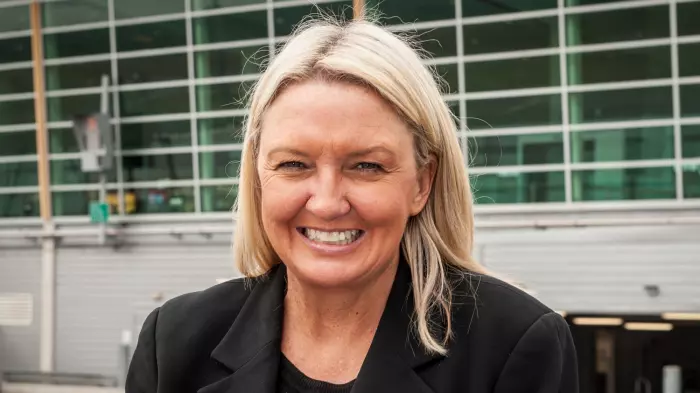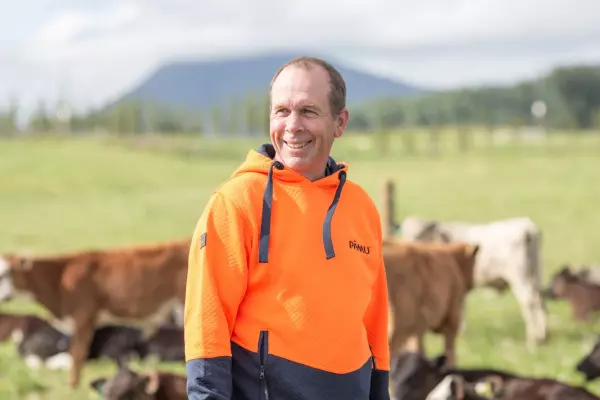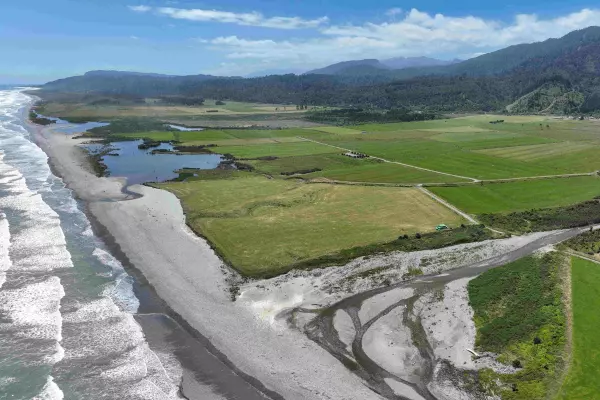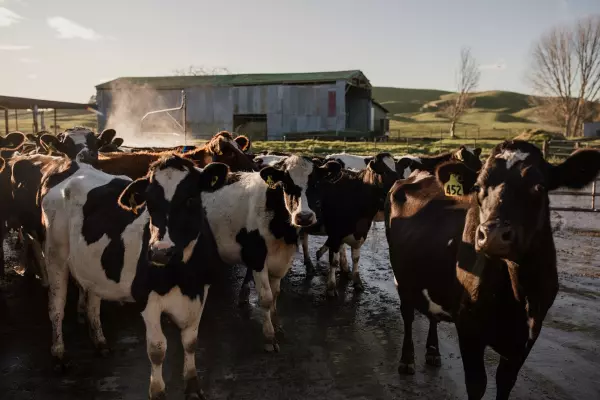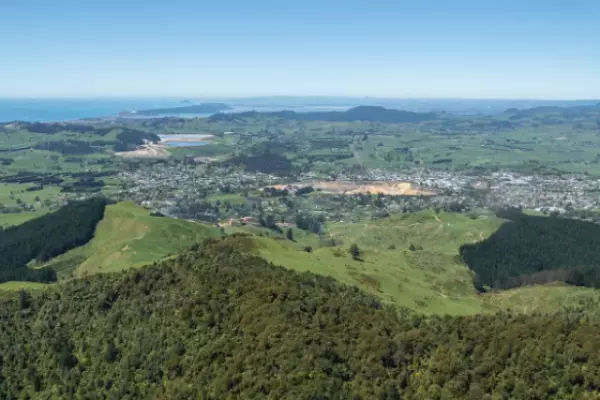Since Trading Among Farmers (TAF) was introduced in 2012, unitholders have been an important and integrated part of our co-operative.
We implemented TAF primarily to manage redemption risk. In that regard, it has served Fonterra well over the past decade and we are grateful to the investors that have participated in the Fonterra Shareholders’ Fund to make the model work.
When you accept anyone’s capital it should be treated with respect, which includes paying a respectable return on capital over time. It’s fair to say Fonterra’s track record on that hasn’t met expectations, regardless of whether you’re a farmer or a unitholder.
Despite a recent assertion that farmers might be stupid, like any investor, we expect a competitive return on our invested capital. In that regard, all of the co-operative’s owners are united.
Under the new capital structure proposal, all farmers would have a level of flexible shareholding. Our minimum shareholding would be 33%, meaning farmers would only need to hold one share for every about 3 kilograms of milk solids (kgMS) supplied – their supply currently needs to be 100% share-backed.
Like unitholders, farmers would have greater choice about their level of investment in Fonterra. And like unitholders, the decision will likely be based on Fonterra’s financial performance.
Constructive tension
This would increase the constructive tension for the co-operative to deliver a competitive return on invested capital, as well as strong milk prices.
Fonterra’s strategy relies on our ability to maintain a sustainable New Zealand milk supply in an increasingly competitive environment, and one that is rapidly changing due to factors such as environmental pressures, new regulations, and alternative land uses.
Fonterra must remain an attractive option for farmers who have a choice on where their milk goes. Farmers leave Fonterra for different reasons, but one of them is the level of compulsory investment that’s required to be part of our co-op.
A capital structure with flexible shareholding would help to level the playing field with competitors, many of whom are foreign-backed and don’t require farmers to invest capital.
It would help us to retain our scale efficiencies that lead to better-utilised factories, lower processing costs, increase our ability to pay a competitive milk price and to generate earnings.
Fonterra’s scale efficiencies deliver value to all of our NZ communities.
Our milk price sets the benchmark for prices Kiwi dairy farmers are paid for their milk; they keep our manufacturing sites efficiently utilised; increase our ability to invest in on-farm support services, innovation, new market and product development - all of which create value for NZ in terms of milk price and profits returned to regions, export performance, employment, environmental performance, and community development.
Fonterra’s board is united in its view that the changes we are recommending are in everyone’s best interests.
There has been a lot of attention given to our consultation process with farmers. We are pleased that more than 5,000 farmers have directly engaged in the process. The proposal has changed in response to their feedback.
At the same time, we have been consulting with unitholders via the management company for the Fonterra Shareholders’ Fund, and in particular its independent directors including chair, John Shewan.
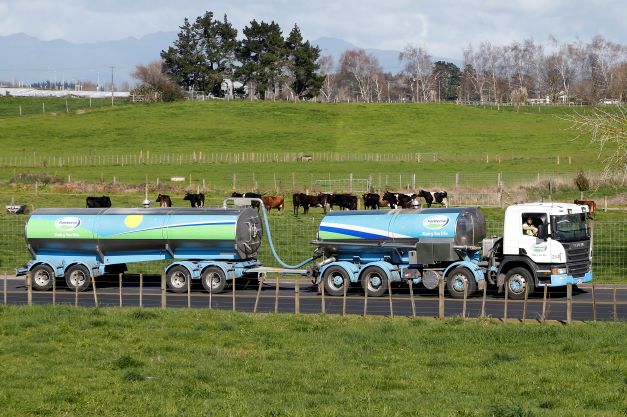
Feedback heard
We have listened to their concerns, considered their feedback alongside our other stakeholders, and will continue to listen to their views.
During consultation, our farmer-owners did not express a clear preference for the future of the fund. We have considered this feedback and done further analysis and our latest proposal is that the fund remains as part of our capital structure, but capped.
Having made the decision to retain the fund, Fonterra’s board is committed to ensuring its strong performance.
Under the proposal, the fund and unitholders would remain a meaningful part of our co-operative. As the fund is listed on the NZX and ASX, it would continue to provide a means by which non-dairy farmers can invest in the future of the co-operative.
It would also provide a reference point for the value external investors put on the co-operative’s shares.
A cap on the fund would restrict its size to maintain farmer ownership and control at a level our farmers are comfortable with.
Constitutional limits relating to the size of the fund have been in place since TAF was introduced, so unitholders have always invested in the fund on the understanding that farmer ownership would be protected.
Why farmer control matters
To appreciate why that’s so important to farmers, you need to understand the co-operative mindset.
The role of our co-operative is to give farmers control of their own destiny.
Because we own and control Fonterra, we know that the co-operative will collect our milk and work hard to ensure we receive the best possible price for it. Maximising the overall wealth of all shareholders is at the core of our co-operative’s purpose.
We believe that farmers are worse off in countries where there is no strong co-operative.
Corporate processors look at milk as an input cost, and over the long run are incentivised to reduce the price they pay for milk to maximise corporate profits.
You can appreciate why that’s a future that farmers want to avoid.
What's in it for non-farmer investors?
So why would an external investor want to hold units in Fonterra?
In recent years we have adjusted our dividend policy, debt targets and risk appetite statement to be more conservative and strengthen our balance sheet.
That stronger balance sheet builds Fonterra’s resilience and gives us options. We believe we are building a compelling investment case.
As part of our long-term strategy, we are aiming to allocate capital out to 2030 in four main areas, targeting:
- ~$1billion invested in sustainability.
- ~$1b invested in moving milk into higher-value products.
- ~$1b intended to be distributed to shareholders after asset sales and dependent on improved earnings.
- ~$2b available for investment in a mix of future growth opportunities – including for nutrition science – and return to shareholders.
We are confident that with access to a sustainable supply of NZ milk, Fonterra’s strategy can deliver the financial targets we have set under our long-term strategy.
Those targets out to 2030 include:
- A 40-50% increase in operating profit from FY21 and, with the reduced interest from having less debt, this should translate into an approximately 75% increase in earnings, giving us the ability to steadily increase dividends to around 40-45 cents per share by FY30.
- A group return on capital of 9-to-10%, up from 6.6% in FY21.
- An increase in our current total annual R&D investment by over 50% to approximately $160 million per year in 2030, with about $60 million per annum specifically targeted at growth in Active Living.
- An average Farmgate Milk Price for the decade of $6.50 - $7.50 per kgMS.


